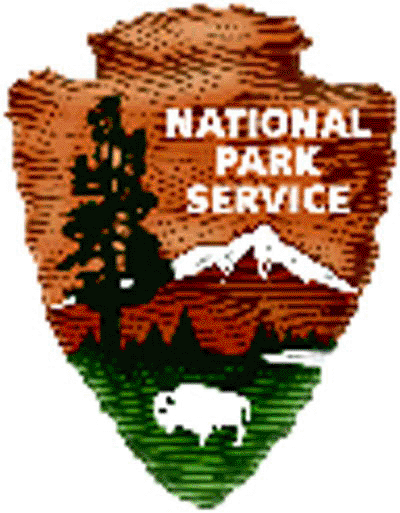

| The Pacific Invasives Learning Network | |
| > | PILN Homepage |
| > | Documentation and advice |
| > | Teams and Projects |
| > | Meetings |
| SOUNDBITES | |
| Search PILN |
Introduction to PILNInvasive species are one of the greatest threats to biodiversity in island ecosystems. When a species is accidentally or intentionally introduced into a new landscape or seascape, the consequences can be devastating, posing a large threat to agriculture, public health, tourism, and other economic activities. Invasive plants and animals can spread unchecked, disrupting natural cycles, and costing billions. Invasives are a priority for Pacific Island nations because islands are highly vulnerable to invasions that can result in catastrophic loss of biodiversity and other impacts. However, the relatively small size and isolation of most islands offer important opportunities for preventing new invasions and eradicating existing pest species. In some parts of the Pacific, experienced conservation professionals have developed model programs to prevent, eradicate, or control certain high-priority invaders, such as rodents, feral animals, and invasive weeds. However, conservation practitioners in the Pacific represent a host of different agencies and countries, and most are geographically and professionally isolated. As a result, few Pacific conservationists currently have the information, expertise, and support they need to manage invasive species effectively. Peer Learning NetworksPeer learning networks are a proven strategy for improving conservation skills and building cooperation between trained professionals. By bringing peers together with conservation experts, learning networks foster new ideas and practical, site specific solutions. Multi-disciplinary project teams can work together on strategies with critical input from other teams and experts, resulting in a common vision and a plan for effective conservation action. The PILN mission is:to empower effective invasive species management through a participant-driven network that meets priority needs, rapidly shares skills and resources, provides links to technical expertise, increases information exchange, and accelerates on-the-ground action. PILN serves teams of Pacific Island agencies responsible for invasives management, including agencies responsible for agriculture and natural resource management, international trade and border control, as well as environment and conservation. Network activitiesPeriodic network meetings are held, where the participants determine the specific invasive species issues that they will address using the network, PILN's activities and agenda being determined by the individual and shared needs of the participants. PILN works closely with the Pacific Islands Initiative (PII), to help spread the lessons learned from PII demonstration projects in the region. Examples of projects include:
The PILN secretariat has been established at SPREP in Samoa. The network coordinator recruits the teams, organizes meetings and activities, and provides ongoing support to network participants. PILN Soundbites, an outline of regional activities and achievements, is periodically distributed to the network to celebrate success. The Pilot programmeA 2-year pilot programme of PILN was launched in Palau in May 2006 and completed at the end of May 2008. Activities and achievements over the pilot have been summarised and the experience analysed for the lessons learned in the design and establishment of peer-learning networks. An external review of the network was carried out in May 2008 and concluded that:
We believe that PILN will be a highly effective, far-reaching, and sustainably financed strategy to address invasive species, and that the network will have a lasting impact on conservation in Pacific Island nations. |
The invasive species strategic action plan is drafted in Kosrae State, FSM.
Sharing skills and expertise in island rat eradication in Pohnpei State, FSM.
A breakout group discusses invasive species issues in the Marshall Islands.
Tagai and Tualagi uprooting strawberry guava (Psidium cattleianum), an invasive weed on Tutuila Island, American Samoa.
Cane toads (Bufo marinus) have been introduced to a number of Pacific Islands. |
Copyright © 2006-2008 SPREP. Copyright details available.
PILN Partners and Close Collaborators











